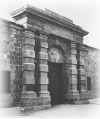 |
New York Architecture Images-
Lower Manhattan CASTLE CLINTON NATIONAL MONUMENT Landmark |
|
architect |
John McComb Jr. and Jonathan Williams |
|
location |
Northwest corner of Battery Park. |
|
date |
1808-11 |
|
style |
Neoclassicism |
|
construction |
stone |
|
type |
Government fort |
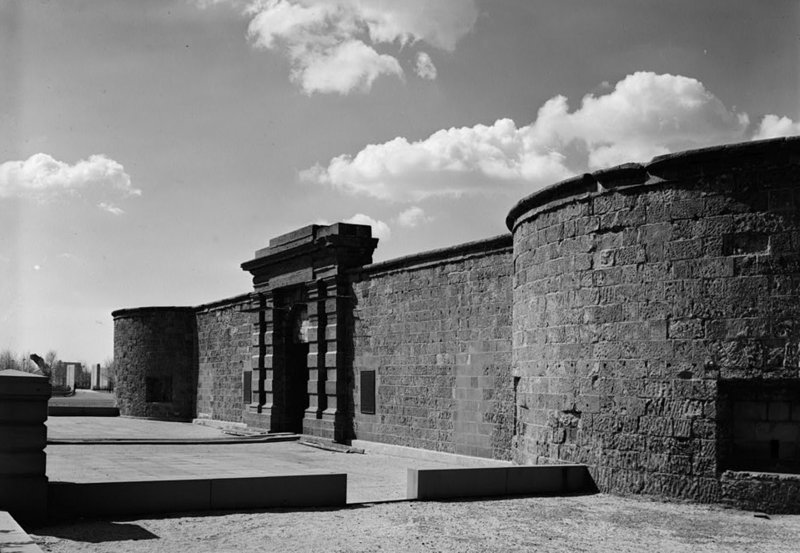 |
|
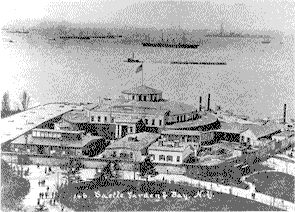 |
|
.jpg) .jpg) |
|
.jpg) 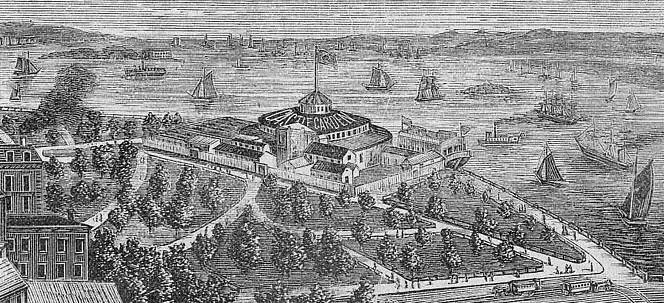 |
|
|
|
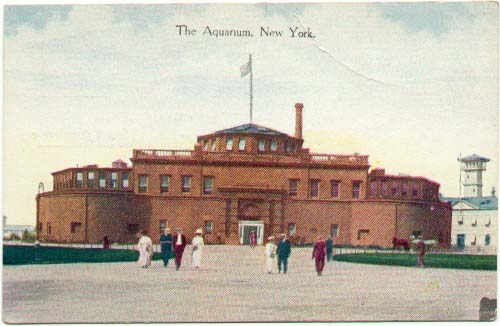 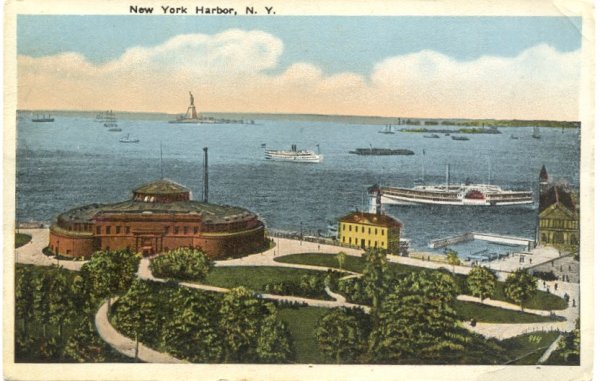 |
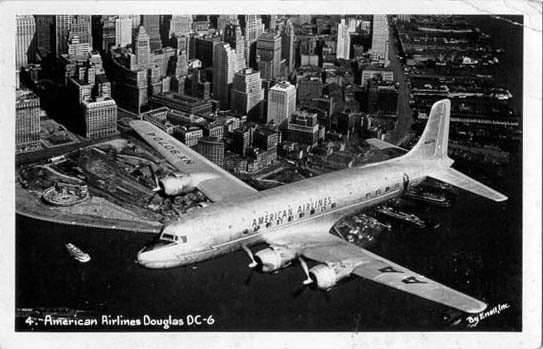 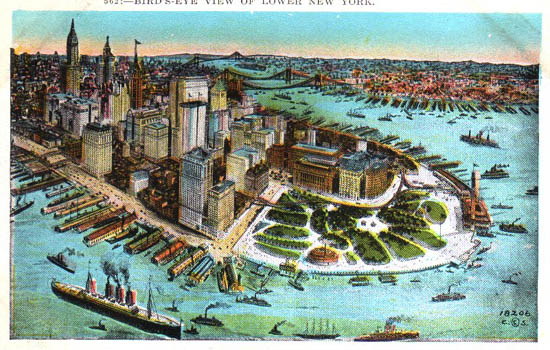 |
|
|
images |
       |
|
Castle Clinton National
Monument/earlier New York Aquarium (1896-1941)/earlier Emigrant Landing
Depot (1855-1890)/earlier Castle Garden (1824-1855)/originally West
Battery (1808-1811, renamed Castle Clinton, 1815). Lt. Col. Jonathan
Williams and John McComb, Jr. Open to the public: 7-5 daily.
212-344-7220. "The waters of our bay, the Narrows, the Hudson and interesting landscapes are in full view, with all the bustle of our floating commerce..." --description of vista from the walkway atop Castle Clinton as it appeared in the New York Gazette and General Advertiser, July 3, 1824 Many New Yorkers can remember spending pleasant afternoons visiting the Aquarium, watching the incredible fish glide effortlessly through the almost invisible water. Now, as if by magic, someone has pulled the plug and taken off the lid, for the water, fish, and roof have vanished. Of course, such a transformation did not take place in the twinkling of an eye; it is the result of a dogged fight for preservation and a lengthy restoration process that has only now borne fruit. In 1941 the doors of the Aquarium shut for good. The plan for the Brooklyn-Battery Tunnel were firm and the Aquarium stood in the way. It was an old structure that seemed to have outlived its usefulness. Powerful voices called for its demolition. A group of citizens, intrigued by the structure's history and unwilling to believe that simply because it was old, it was useless, fought to save the building. Gaining the ally of time when the United States entered World War II, they saw their efforts rewarded when Congress declared the historic structure Castle Clinton National Monument August 12, 1946. The new tunnel would be completed and the old fortress would remain. But before the building had received congressional protection, the wrecker's ball had already removed the upper story, roof, and other additions that had been added in its middle years. What was left when the National Park Service took over was the basic structure that had begun life hack in the early 19th century. In the summer of 1975, after much restoration work, Castle Clinton reopened the doors that had been shut for 34 years. Today where fish once swam lazily, where anxious immigrants awaited entry into the land of their choice, where audiences cheered a favorite performer, and where lookouts squinted as they searched for a British invasion fleet that never came, you can learn the remarkable history of this unpretentious fortress. You can attend a concert, small community festival, a fair, or just sit on one of the benches in Battery Park, eating lunch and daydreaming about Castle Clinton in all its various manifestations. Or you can just people-watch. It's that kind of place. Enjoy it, the view, and your daydreams. In short order five new forts were built: Fort Wood on Bedloes Island, Fort Gibson on Ellis Island, three-tiered Castle Williams on Governors Island, the South-west Battery at the tip of Manhattan Island, and the North Battery at the foot of Hubert Street. Circular in shape, the South-west Battery stood in about 7.7 meters (35 feet) of water, 61 meters (200 feet) from shore. A timber causeway with drawbridge connected the new fort to Manhattan. The South-west Battery had 28 guns on one tier. Inside the rounded ends of the rear wall, on the land side, were the magazines. Quarters for the officers were at each side of the passageway to the causeway. No barracks for the enlisted men existed. The South-west Battery was completed in 1811 and fired its first salute on Evacuation Day November 25, the 28th anniversary of the departure of the British from New York at the close of the American Revolution. Throughout the War of 1812 the fort stood ready, but its guns fired at nothing more dangerous than a harmless hulk moored in the river for target practice. At the end of the war, the fort became the headquarters for the Third Military District and was named Castle Clinton in honor of DeWitt Clinton, a former mayor of New York City and later governor of New York State. In t821 the district headquarters were moved to Governors Island and Castle Clinton was closed down. Two years later, Castle Clinton was ceded to New York City. In June 1824, Castle Clinton was leased by the city as a place of public entertainment. Opened as Castle Garden on July 3, it soon became one of the favored"places of resort" in New York. A newspaper described the interior as a "fanciful garden, tastefully ornamented with shrubs and flowers." In time, a great fountain was installed. The Garden was the setting for band concerts, fireworks, an occasional balloon ascension, and demonstrations of the latest scientific achievements. The gun rooms, decorated with marble busts and painted panoramas, became a promenade and, from boxes seating eight people, a place from which to watch the show. A more popular promenade was the top of the Garden wall, where awnings covered a 4.2-meter (14-foot) walkway. The officers' quarters became a bar selling choice liquors, confections, and ices. From the start, Castle Garden witnessed extraordinary events. Within a month after its opening, the Marquis de Lafayette landed here at the start of a year-long triumphal tour of America. In the years that followed, many other prominent people were honored at the Garden: Presidents Andrew Jackson, John Tyler, and James K. Polk, Vice President Richard M. Johnson, Sen. Henry Clay, and the great Hungarian patriot Louis Kossuth. In the 1840s, Castle Garden was roofed over and more serious entertainment was added to the fare. The Garden for the first time presented opera, in concert form. The 1845 season opened with Semiramide and The Barber of Seville. The Garden cellars continued to be filled, according to one newspaper, "with the most delicious fluids so that the audience may be at once regaled with the choicest Italian music, and the most inspiring mint juleps." A memorable event occurred September 11, 1850, when P. T. Barnum presented the "Swedish Nightingale," Jenny Lind, in her American debut More than 6,000 people paid at least $3 a seat. At the close of her performance, the audience broke into a "tempest of cheers." Castle Garden had served as a theater for more than a quarter century when its doors closed. It was not the end for the structure, just the end of an era. On August 3,1855, Castle Garden, under lease to the State of New York, was opened as an immigrant landing depot. Only a short time before Castle Garden had been joined to the mainland by fill and fenced off from the rest of the Battery. For the first time, the bewildered immigrants were protected from the unsavory characters who had roamed the open wharves at will to take advantage of gullible newcomers. Here generally reliable information about boarding houses, travel routes, and fares could be obtained. Needed medical attention and an honest currency exchange were provided as well as a chance for employment. Between 1855 and 1889, more than eight million immigrants -- two out of every three persons immigrating to the United States in this period -- passed through the Garden. After 1882 as the number of immigrants gradually increased, more buildings were erected outside the Garden. Brick walls replaced the wooden fences. Then, on April 18,1890, the last immigrants went through Castle Garden. With control shifted to the U.S. Superintendent of Immigration, the Barge Office became a temporary landing depot, pending the opening of the newer, more commodious center on Ellis Island on January 1,1892. Castle Clinton was once again altered, this time to become the New York City Aquarium. When the Aquarium opened its doors on December 10,1896, some 30,000 people poured in to see the specimens that came from the waters around New York. As the Aquarium became more popular and developed admiring friends, ship captains and yachtsmen based in New York began to collect interesting and more exotic fish from around the world for the Aquarium. Thus the collection grew in number and variety. Many of the aquatic creatures became quite well known with the crowds. A West India harbor seal that swam effortlessly around her tank seemed to take particular delight in the audiences that she attracted and gleefully sprayed with a mouthful of water. Once the Aquarium became a part of New Yorkers' jives, a favorite pastime on April Fool's Day was to leave a message for a fellow worker that said."Mr. Fish called. Please call him back. Whitehall 4-1560." The number was that of the Aquarium. For the millions of visitors the fun came to an end in 1941 when the doors were closed for good. The sea creatures were taken to the Bronx Zoo and later to Coney Island. |
|
|
Castle Clinton or Fort Clinton is a circular sandstone fort, now a
national monument in Battery Park at the southern tip of Manhattan, New
York City. History Construction began in 1808 and was completed in 1811. The fort, known as West Battery (sometimes South-west Battery), was designed by architects John McComb Jr. and Jonathan Williams. It was built on a small artificial island just off shore. West Battery was intended to complement the three-tiered Castle Williams (still extant) on Governors Island, which was East Battery, to defend New York City from British forces in the tensions that marked the run-up to the War of 1812, but never saw action in that or any war. Subsequent landfill expanded Battery Park, and incorporated the fort into the mainland of Manhattan Island. As with all historic areas administered by the National Park Service, Castle Clinton National Monument was listed on the National Register of Historic Places on October 15, 1966. Changing names and uses Fort Clinton today is in the general area where Fort Amsterdam stood almost 400 years earlier, when New York City was still known by the Dutch name New Amsterdam. West Battery was renamed Castle Clinton in 1815, its current official name, in honor of New York City mayor Dewitt Clinton. The US Army stopped using the fort in 1821 and it was leased to New York City as a place of public entertainment and it opened as Castle Garden on July 3, 1824, a name by which it was popularly known for most of its existence, even to the present time. It served in turn as a promenade, beer garden/restaurant, exhibition hall, opera house, and theater. Designed as an open-air structure it was eventually roofed over to accommodate these uses. In 1850, the castle was the site of two extraordinarily successful concerts given for charity by the Swedish soprano Jenny Lind to initiate her American tour, managed by P. T. Barnum. In 1853 and 1854, the famous and very eccentric French conductor and composer of light music Louis-Antoine Jullien (1812-1860) gave dozens of very successful concerts mixing classical and light music.[1] In 1855, it became the Emigrant Landing Depot as the New York State immigrant processing facility (the nation's first such entity) until 1890, when the Federal Government took over control of immigration processing, and opened the larger and more isolated Ellis Island facility for that purpose in 1892. Most of the immigration records burned in a pier fire during the transition to Ellis Island, but it is generally accepted that over 8 million immigrants (and as many as 12 million) were processed through Castle Garden. Prominent persons that were associated with the administration of the immigrant station included Gulian C. Verplanck, Friedrich Kapp and John Alexander Kennedy. In 1896, Castle Garden became the site of the New York City Aquarium until 1941. For many years it was the city's most popular attraction, attracting hundreds of thousands of visitors a year. In 1941 the politically powerful Robert Moses wanted to tear the structure down completely, claiming that this was necessary to build a crossing from the Battery to Brooklyn. The public outcry at the loss of a popular recreation site and landmark stymied his effort at demolition, but the aquarium was closed and not replaced until Moses opened a new facility on Coney Island in 1957. During its tenure for non-military uses, it was extensively altered and roofed over to a height of several stories, though the original masonry fort remained. After the aquarium was ousted, most of the added structure was removed by the city's Park Commissioner Robert Moses in a failed and controversial attempt to demolish the structure for a Brooklyn-Battery bridge.[1] Castle Clinton National Monument Although Castle Garden was designated a national monument on August 12, 1946, the law did not take effect until July 18, 1950, when the legislature and the governor of New York (Thomas Dewey) formally ceded ownership of the property to the Federal Government. A major rehabilitation took place in the 1970s. Today it is administered by the National Park Service and is a departure point for visitors to the Statue of Liberty and Ellis Island. It appears much as it did in its earliest days, contains a museum, and is again called Castle Clinton. Castle Garden Bibliography Castle Garden as an Immigrant Depot, 1855-1890, by George J Svejda (1968) Castle Garden and Battery Park by Barry Moreno (2007) Guide to the New York Aquarium by Charles H. Townsend (1919) The Public Aquarium by Charles H. Townsend (1928) Castle Garden/Castle Clinton in Fiction "Castle Garden" by Bill Albert (novel) "The Penguin Pool Murder" by Stuart Palmer (1931 novel) "The Penguin Pool Murder" (1932 motion picture) "The Alienist" by Caleb Carr (novel) Castle Clinton appears in the video game Deus Ex as a terrorist stronghold the player must infiltrate. An American Tail (animated film) References ^ Author: Caro, Robert A. The power broker: Robert Moses and the fall of New York. New York, Knopf, 1974. ISBN 0-394-72024-5 |
|
|
links |
http://www.nps.gov/cacl/index.htm |